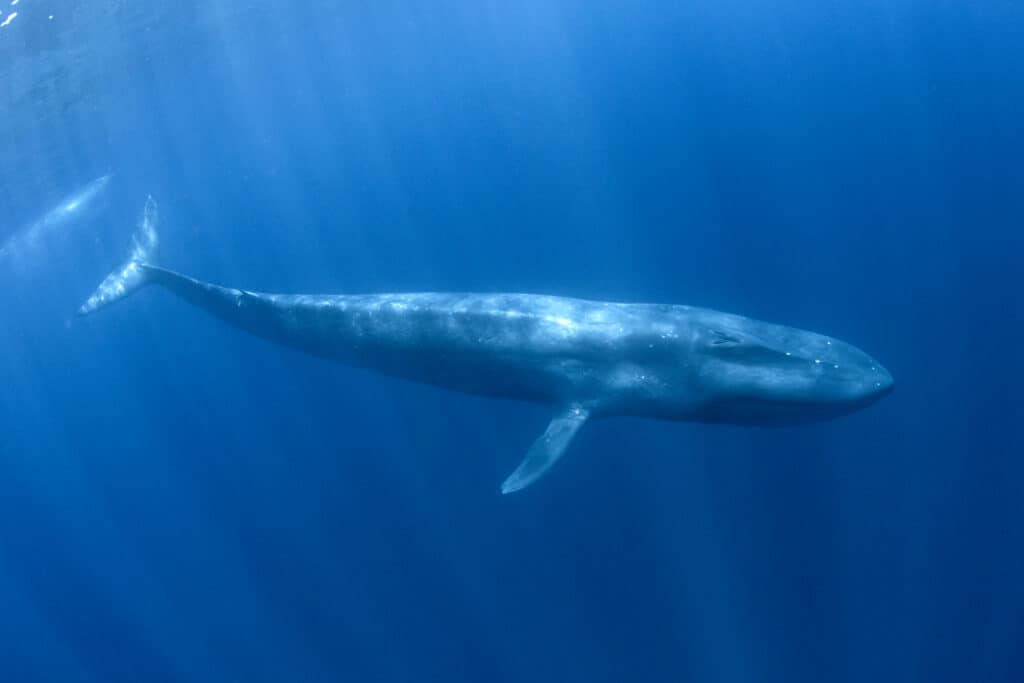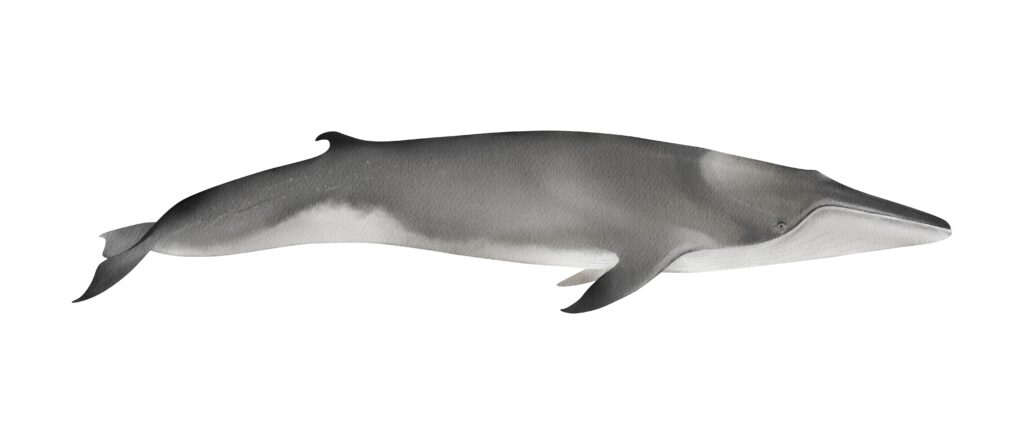Whales are some of the most interesting animals in the world. From their complex songs to their migration habits to their relationships with humans, whales can be fascinating to watch and observe. As a result, whale watching is a common hobby, especially for those located on the coasts where whales pass during migration.
If you are interested in taking up whale watching in your free time, it can be beneficial to know the types of whales in San Diego. This will allow for you to learn the best to see these whales, where you can find them (near the shoreline vs. open water), and how to identify them. After all, while some species, such as the orca, may stand out, others can look far more similar.
Below, you’ll get to meet five of the most common types of whales in San Diego. Some of these may be year-round residents that you have the opportunity to see at any time. For others, however, you may need to learn more about their migration in order to choose the right time to watch out for them.
Ready to see the types of whales in San Diego? Let’s dive in!
1. California Gray Whale
The California gray whale (Eschrichtius robustus) is also known as the grey whale, gray back whale, Pacific gray whale, and Korean gray whale. It is a species of baleen whale, meaning it is a carnivore that uses specialized teeth, known as baleen, to filter plankton and other small organisms from the water into its mouth. The name “gray whale” comes from the grey and white markings it sports.
California gray whales can grow to be up to 49 feet long and weigh as much as 90,000 pounds. For reference, that’s just a few feet longer than one of the letters of the Hollywood sign. It is also around the same weight as nineteen adult male rhinoceroses.
This whale species has a small natural range compared to some other whale species. They are found solely around the western coast of North America and some portions around eastern Eurasia. This includes Russia, Japan, China, and North and South Korea. They are a migratory species.
During the winter, California gray whales exist in the northernmost regions of their range. This is the time in which they feed and mate. As spring and summer return, so do the grey whales to the south, where they may calf in the warmer waters.

Gray whales can be identified by their gray and white coloration.
©Travis Potter/Shutterstock.com
When to See Them
In order to reach both of these locations, the California gray whale will pass by California, and thus San Diego, twice. The first time will be between December and January when they migrate south. The next time will be between February and May as they move upwards once more.
You are most likely to see this type of whale in San Diego in March and April. During this time, mothers and their calves will travel together, staying near the shoreline to avoid predators. They can often be spotted from the shore, making an interesting whale-watching experience.
2. Blue Whale
Another baleen whale species, the blue whale (Balaenoptera musculus), is the largest animal known to have ever existed. It also just so happens to be one of the types of whales in San Diego. Also, like the California gray whale, the blue whale is named for its appearance, which comes in a variety of blue-gray tones.
The largest blue whale ever recorded was a female in 1947. She weighed 418,878 pounds. On average, adult blue whales weigh between 184,000 pounds to 290,000 pounds. The exact weight depends on the subspecies and location, with Antarctic female blue whales weighing the most. Adults can also reach lengths over 98 feet.
There are four official subspecies of the blue whale, dependent on location. There is also a population off the coast of Chile that may come to be considered a fifth subspecies. Blue whales are spread throughout the oceans of the world, frequenting everyone except the northernmost pole. Their summer feeding occurs in the northernmost and southernmost regions of their range. Their breeding and child-rearing months are spent in the warmer waters of the tropics.

Blue whales are the largest animals to have ever lived.
©Rich Carey/Shutterstock.com
When to See Them
You’ll find that, during the summer months, there are more blue whales off the coast of California than in most other places. Whale watching for blue whales is especially popular in southern California, where San Diego is located. Here, you can expect to have the chance to see a blue whale from May through October. However, seeing them at other times during the year is possible.
3. Orca
The orca (Orcinus orca) is also known as the killer whale. It is the first whale on this list so far that is a toothed whale rather than a baleen whale. You may recognize this whale by its black-and-white patterning. They are what is known as a cosmopolitan species, which means that it is a species found in suitable, appropriate habitats almost everywhere in the world. This means that you can find the orca in nearly every ocean.
Adult orcas range from 16 to 26 feet in length, and they weigh three to six tons.

In order to see an orca in San Diego, you may need to be on a boat.
©slowmotiongli/Shutterstock.com
When to See Them
Orcas prefer open water, so you’re more likely to see them while on a boat than from the shore of San Diego. They are more common in three months of the year: April, May, and June.
4. Finback Whale
The finback whale (Balaenoptera physalus) is also known as the fin whale or common rorqual. Historically, they were known as herring whales or razorback whales. They are another species of baleen whale, and they are the second-largest species of whale, right behind the blue whale. The largest finback whale on record grew to be at least 85 feet in length, and it weighed an estimated maximum of 14 tonnes.
Like other species of whales, heavy whaling during the 20th century had a large impact on this species, one it is still recovering from as an endangered species.

Finback whales can often be seen year-round in San Diego.
©Diana Askarova/Shutterstock.com
When to See Them
The finback whale has a similar migration period to that of the California gray whale. You can see them in San Diego from May through September. However, you may also see them in other months of the year, depending on the individuals and their migration route and schedule.
5. Humpback Whale
The humpback whale (Megaptera novaeangliae) is one of the most well-known species of whale. They are popular for their surface behaviors, including breaching, which makes it interesting to watch them. These whales can migrate nearly 10,000 miles each year, exploring most of the world’s oceans. They are a type of baleen whale.
Humpback whales are also known for their complex songs. In younger humpback whales, scars are evidence of orca attacks on this whale species.
They are smaller than the blue whale and the finback whale. Adult humpback whales tend to average between 46 and 56 feet in length. At one point, due to hunting and other similar problems, the global population of humpback whales reached around 5,000. Today, there are an estimated 135,000 individuals. Although they are a species of least concern, pollution and ships still pose a risk to these gentle giants.

Humpback whales are some of the most well-known whales.
©iStock.com/inusuke
When to See Them
Like the finback whale, there is a chance of seeing the humpback whale in San Diego during all months of the year. However, the best time to whale watch is typically from December to April as they migrate between their breeding waters and feeding waters.
The photo featured at the top of this post is © Ethan Daniels/Shutterstock.com
Thank you for reading! Have some feedback for us? Contact the AZ Animals editorial team.






